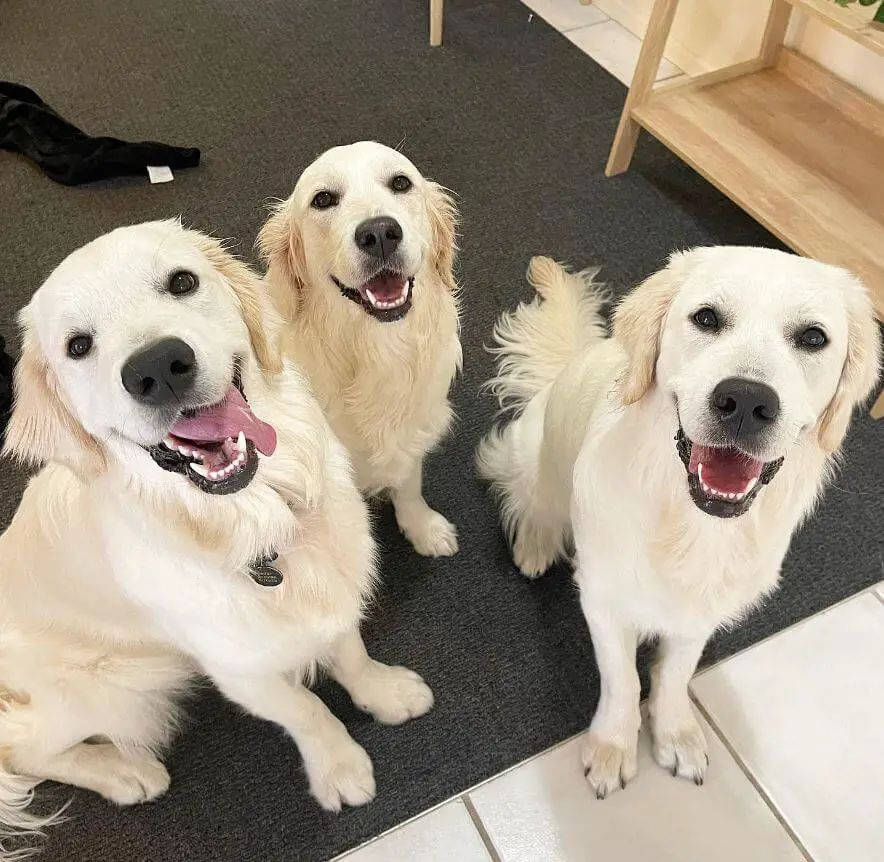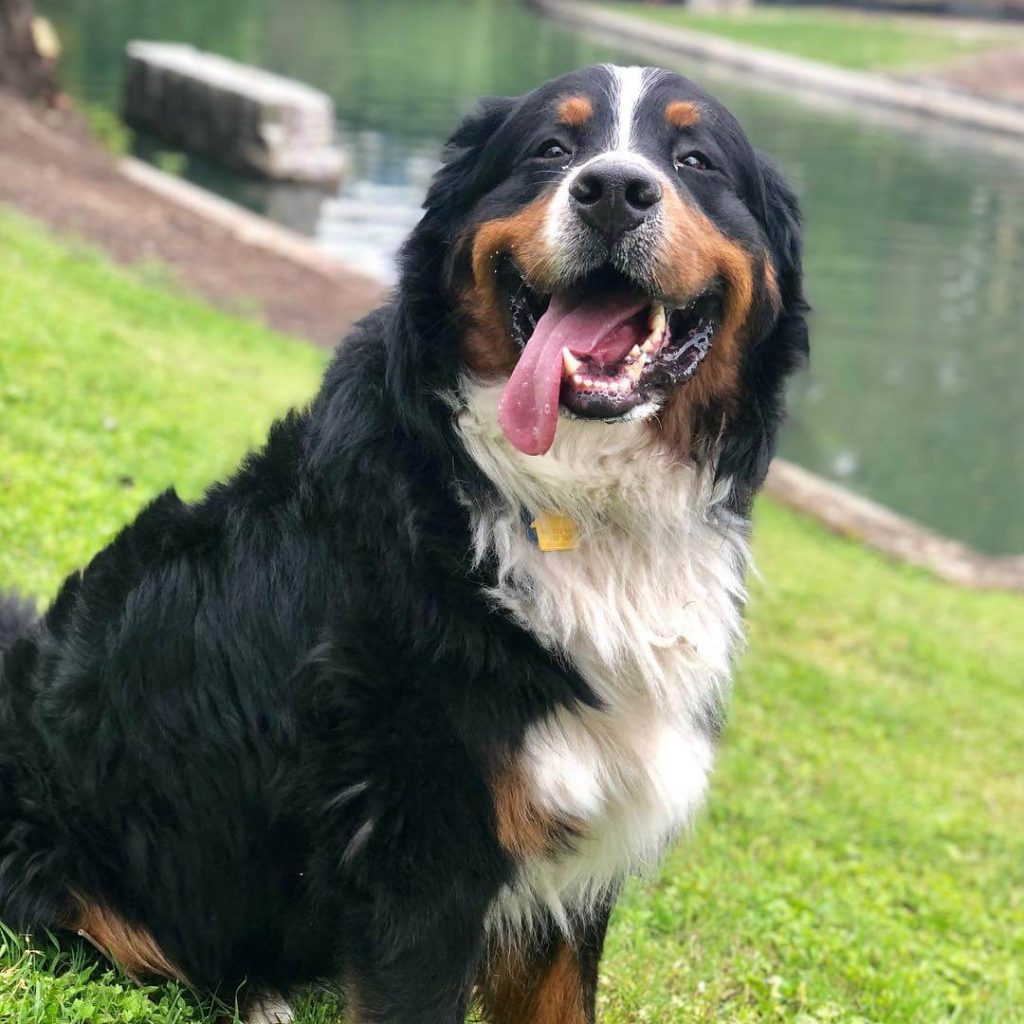Anxiety is a common problem in dogs and can manifest in various forms, such as separation anxiety, noise phobia, and general anxiety. If your dog is displaying signs of anxiety, it’s important to take steps to address the issue and help them feel more relaxed and confident. In this article, we’ll discuss the causes of anxiety in dogs and provide tips and techniques for dealing with it.

Causes of Canine Anxiety
There are several factors that can contribute to anxiety in dogs, including genetics, past experiences, and changes in routine. Dogs that have experienced trauma, neglect, or abuse may be more susceptible to anxiety. Additionally, certain breeds, such as herding dogs and terriers, are more prone to anxiety due to their high energy levels and nervous dispositions.
Symptoms of Canine Anxiety
The symptoms of anxiety in dogs can vary depending on the cause and severity of the anxiety. Some common signs include excessive barking or whining, destructive behavior, panting, pacing, and hiding. Dogs with separation anxiety may also have accidents inside the house or chew on objects in an attempt to escape.

Tips and Techniques for Dealing with Canine Anxiety
1 – Gradual Desensitization: Gradual desensitization involves exposing your dog to the source of their anxiety in a controlled and gradual manner. This can help them learn to associate the trigger with positive experiences and reduce their anxiety over time.
2 – Counter-Conditioning: Counter-conditioning involves changing the way your dog feels about a trigger by associating it with something positive. For example, if your dog is anxious around other dogs, you can gradually introduce them to other dogs while giving them treats.
3 – Training: Training can help to build your dog’s confidence and reduce their anxiety. Positive reinforcement training, such as obedience training and clicker training, can be especially helpful.
4 – Medication: In severe cases of anxiety, medication may be necessary. Antidepressants and anti-anxiety medications can be effective in treating anxiety in dogs, but it’s important to talk to your vet about the potential side effects and risks before starting any medication.
5 – Herbal Remedies: There are several herbal remedies that can help to reduce anxiety in dogs. These include chamomile, valerian root, and passionflower. However, it’s important to talk to your vet before using any herbal remedies to make sure they’re safe for your dog.
6 – Environmental Enrichment: Environmental enrichment can help to reduce anxiety by providing your dog with stimulation and opportunities for physical and mental exercise. This can include things like toys, puzzle feeders, and long walks.
7 – Behavior Modification: Behavior modification techniques can help to change the way your dog reacts to triggers. For example, if your dog is anxious around other dogs, you can teach them to stay calm and relaxed around other dogs.

In conclusion, dealing with canine anxiety can be challenging, but it’s important to remember that it is a treatable condition. With patience, persistence, and the right techniques, you can help your dog overcome their anxiety and live a happy and relaxed life.
